
Nuovi scenari alpini
26.08 - 02.09.2018
AREA DI INDAGINE
Valtournanche (Aosta Valley - Italy)
CURATORE
Giorgio Barrera
TUTORS
Alessandro Guida, Viviana Rubbo, Davide Curatola Soprana, Isabella Sassi
ESPERTI
Antonio De Rossi, Architetto Oscar Torretta, Antropologo Mauro Cortelazzo, Archeologo Luciano Bonetti, Architetto, Ordine Architetti Valle d’Aosta
COORDINAMENTO E RICERCA
Viviana Rubbo, Maria Vassallo
PARTECIPANTI
Francesca Alti, Valter Iannetti, Maria Gabriella Porta, Franco Zanin
Domenica 2 settembre si è concluso il workshop di fotografia del paesaggio ideato, realizzato e promosso da Urban Reports insieme all’Associazione Poetica del Territorio e a Giorgio Barrera; una settimana di attività sperimentali per promuovere una riflessione collettiva sulle trasformazioni avvenute nei territori della Valle d'Aosta negli ultimi quarant'anni.
La fotografia come strumento di analisi per andare oltre i limiti della rappresentazione dell’esistente, per osservare i mutamenti economici e sociali del territorio, cercando di individuarne le tendenze in atto. Il contesto valdostano si è rivelato subito particolarmente interessante per un lavoro sperimentale di questo tipo e per i suoi caratteri fortemente identitari: grande attrattività, ricco di risorse architettoniche, storico-culturali e paesaggistiche, ma anche estremamente fragile e oggetto di una straordinaria metamorfosi. Un territorio che è stato ciclicamente investito da opere e grandi interventi che lo hanno radicalmente e profondamente trasformato lasciando segni sul paesaggio: lungo il fondovalle, l’arrivo della ferrovia sul finire dell’800, e poi l’impronta impressa dallo sviluppo industriale lungo la Dora Baltea; negli anni trenta del secolo scorso, l’edificazione delle grandi centrali elettriche tra cui Maen (Valtournenche), Covalou (Antey-Saint-André), Châtillon e, tra molte altre, la centrale di Grand Vert a Donnas.
E poi il boom edilizio, la costruzione di importanti infrastrutture, tra cui l'autostrada che da Quincinetto conduce ad Aosta, e le numerose strade che hanno reso accessibili i piccoli borghi e gli alpeggi di alta quota, tutto risale a pochi decenni fa.
Non solo, tra le imponenti opere degli anni '80, anche l’accelerazione dello sviluppo dei grandi impianti di risalita per il turismo invernale, nella ben nota località di Cervinia, come nelle medio-piccole località della Valtournenche.
Cosa ha prodotto tutto questo? Quanto è cambiato e in che modo?
Sunday September 2nd marked the end of the landscape photography workshop. Designed, realized and promoted by Urban Reports together with the Association Poetica del Territorio and Giorgio Barrera, this experimental activity wanted to promote a collective reflection on the transformations that took place in the territories of Valle d'Aosta in the last forty years.
Photography provides a visual documentation; it can even go further and research beyond the limits of a pure description of the reality, because it observes the socio-economic changes and the territorial dynamics, trying to encourage a reflection of the current trends. The regional context of Valle d'Aosta seemed particularly appropriate for this experimental investigation due to its peculiar identity: a territory of great attractivity, rich in architectural, cultural and landscape resources, yet extremely fragile and exposed to an extraordinary metamorphosis. A territory that has been periodically invested with works and major interventions that have radically and deeply transformed it, leaving signs on the landscape: along the bottom of the valley, the railway line arrived at the end of the XIX century, followed by the the industrial development along the banks of the Dora Baltea river; in the thirties of the last century, the construction of large power plants including Maen (Valtournenche), Covalou (Antey-Saint-André), Châtillon and, among many others, the power plant of Grand Vert in the town of Donnas.
The spectacular building expansion and the construction of important infrastructures, including the highway connecting Quincinetto to Aosta, and the many roads that have made accessible the small villages and high mountain pastures, all date back to few decades ago.
Not only that, the ’80s have also witnessed a great acceleration in the development of the large winter districts, as the well-known ski-resort of Cervinia but also the touristic offer in the small towns of Valtournenche and Torgnon.
What all this has produced? How much has changed since then?
Nuovi scenari alpini
Selezione foto dei partecipanti al laboratorio

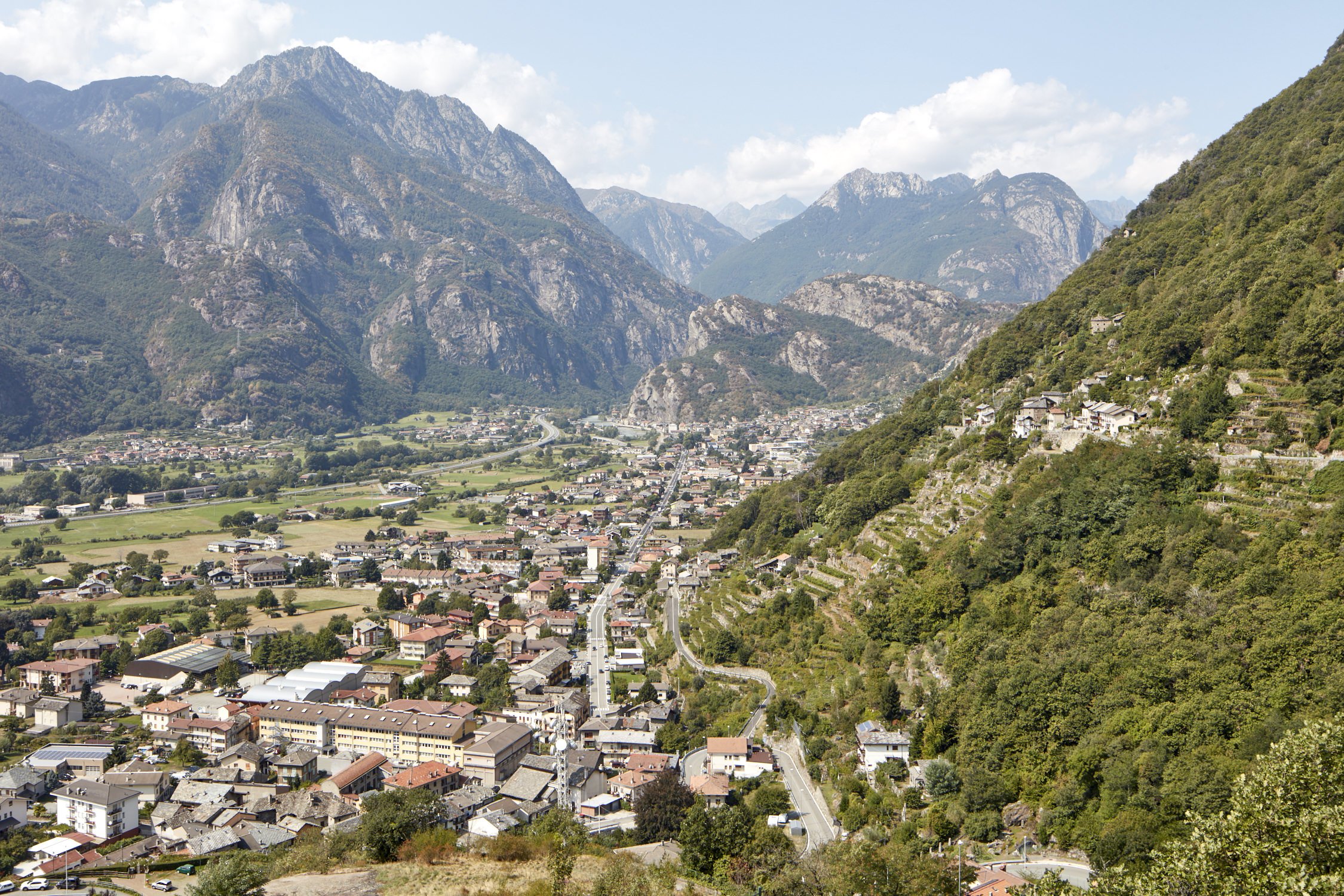









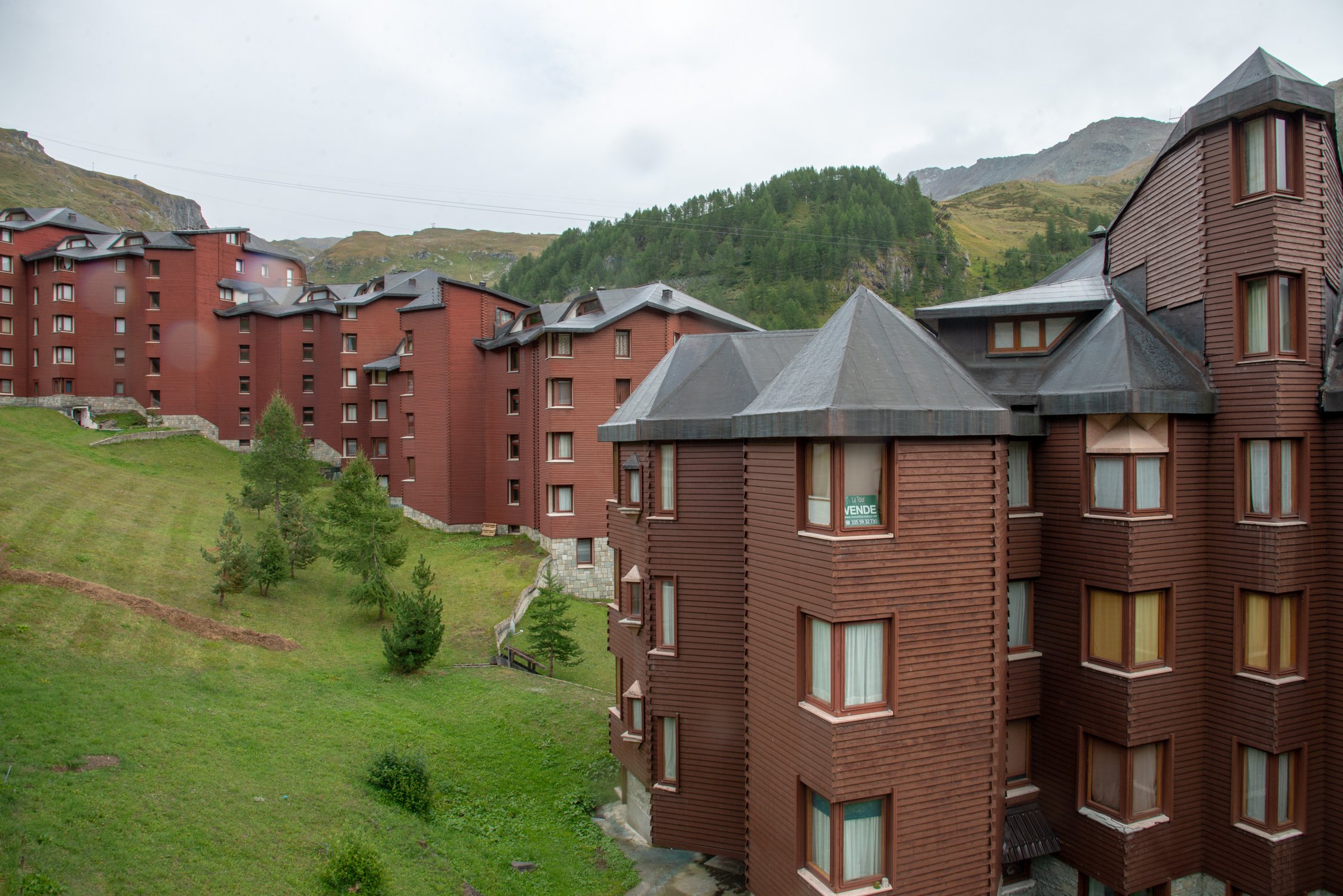

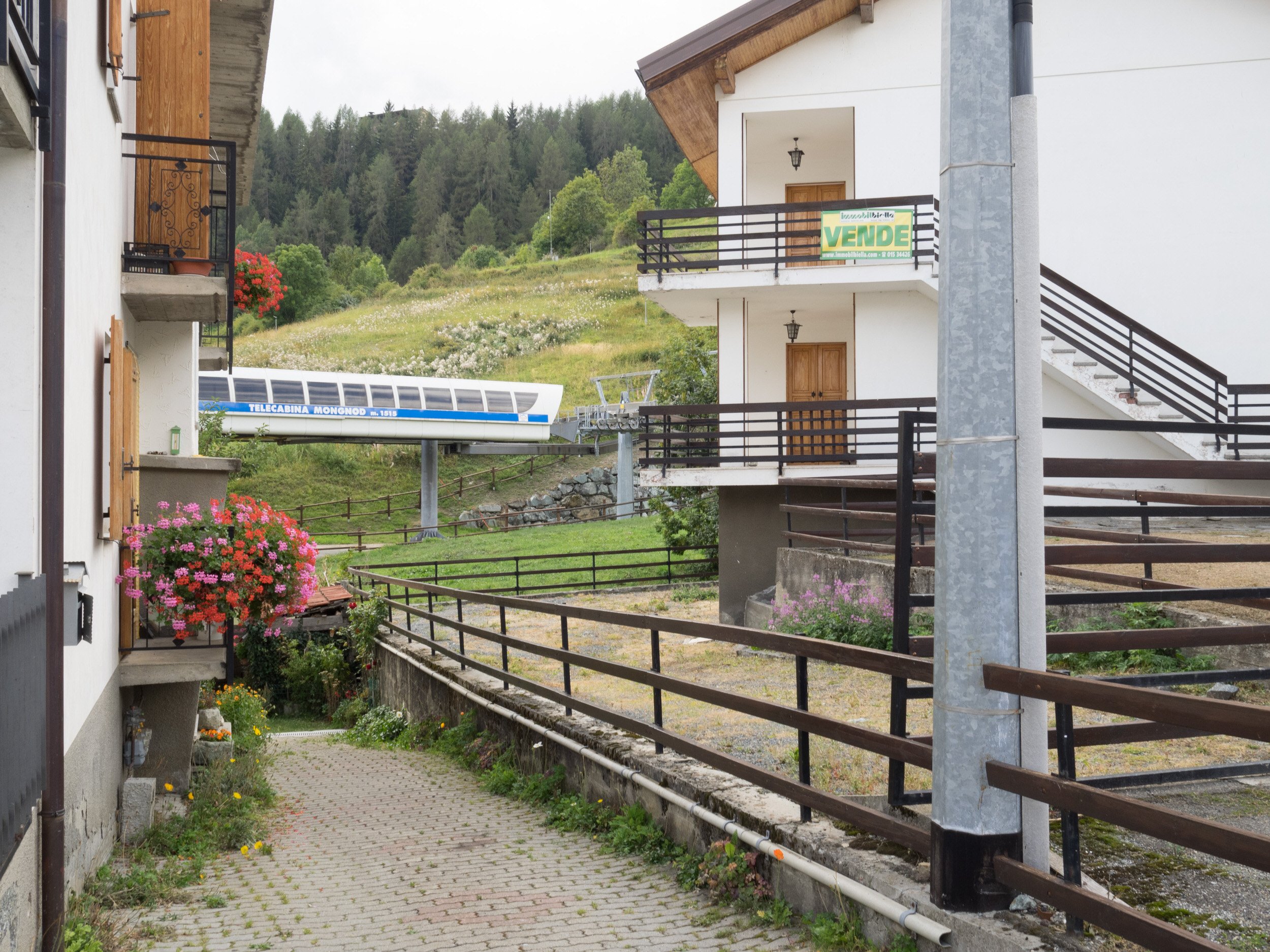
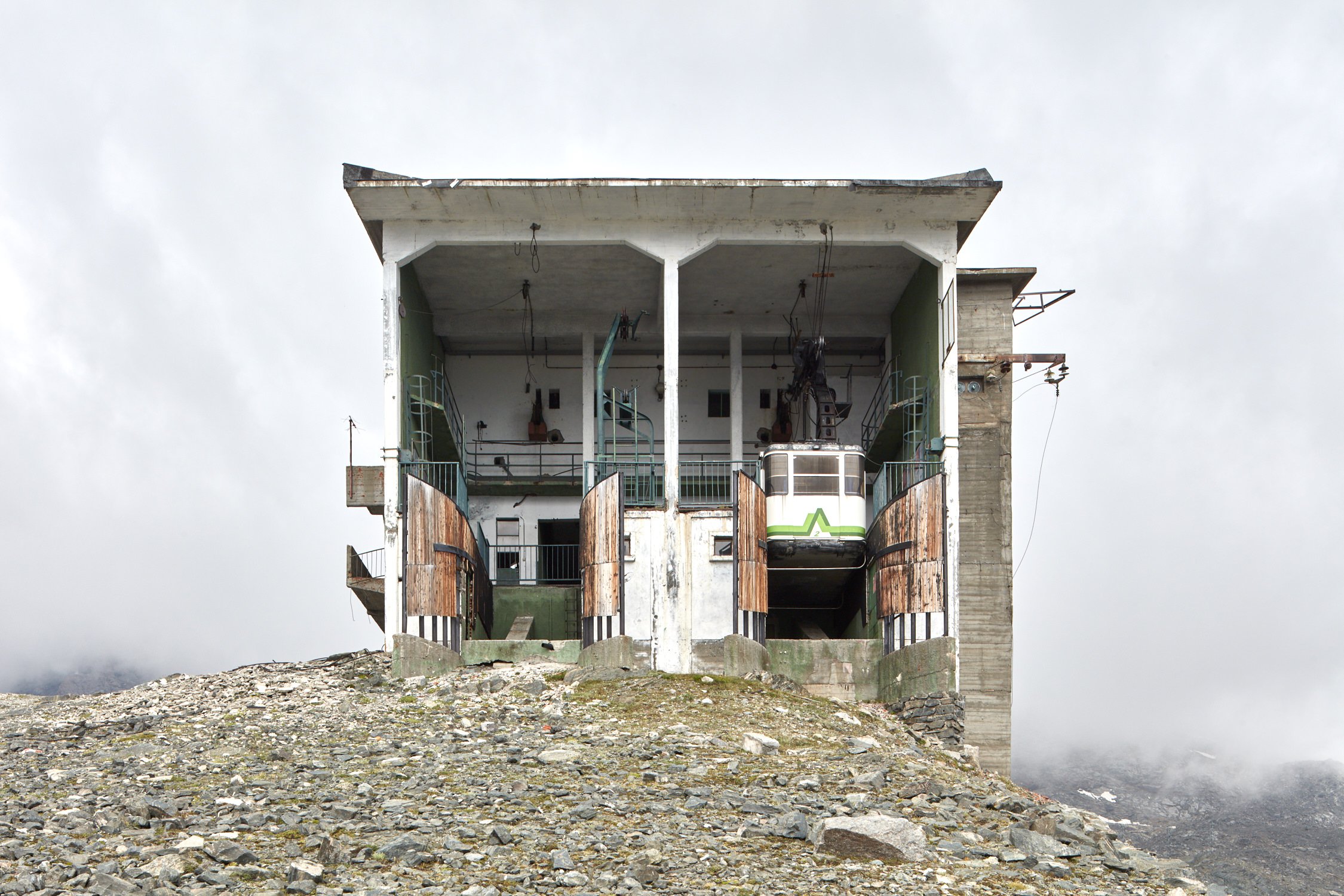




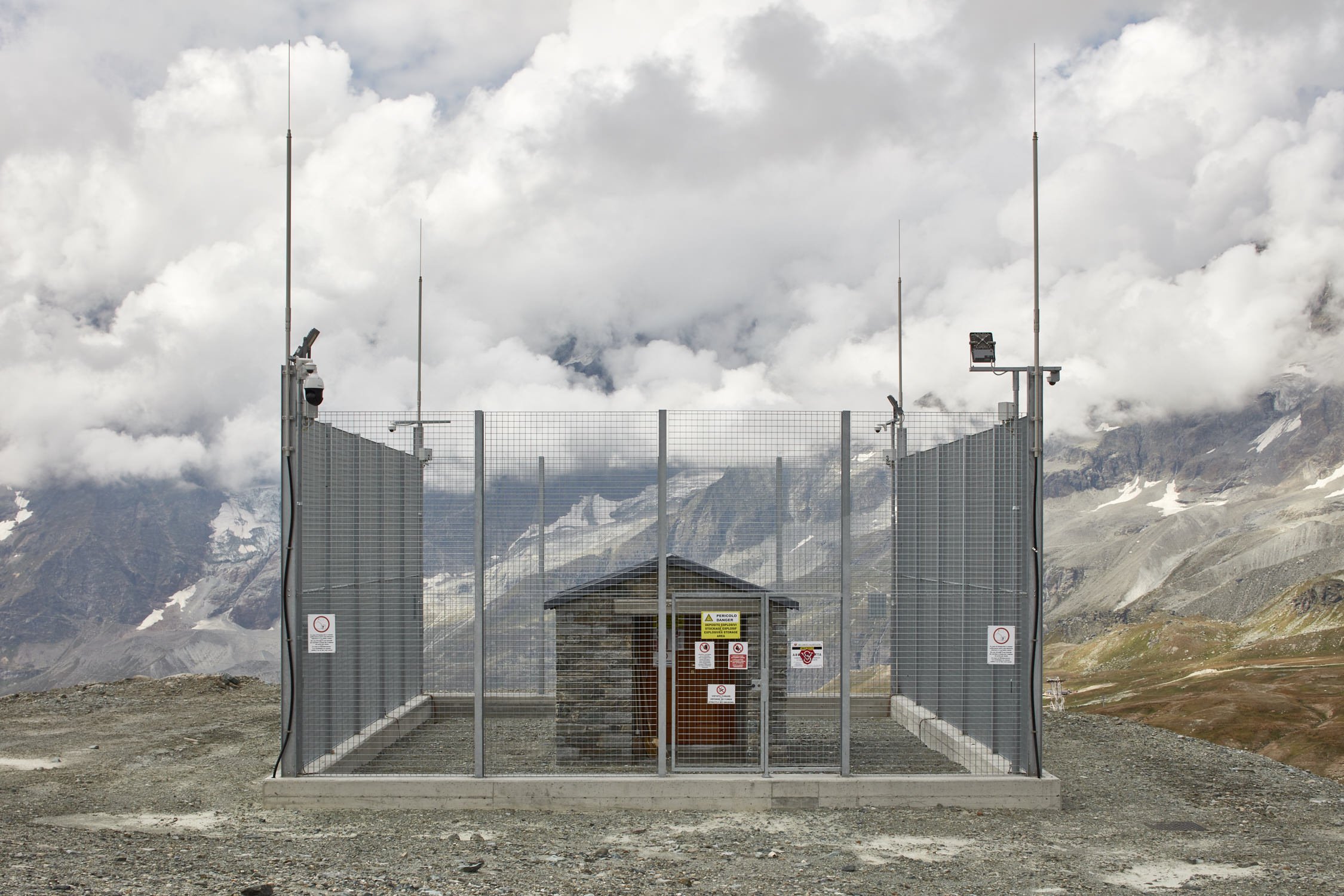

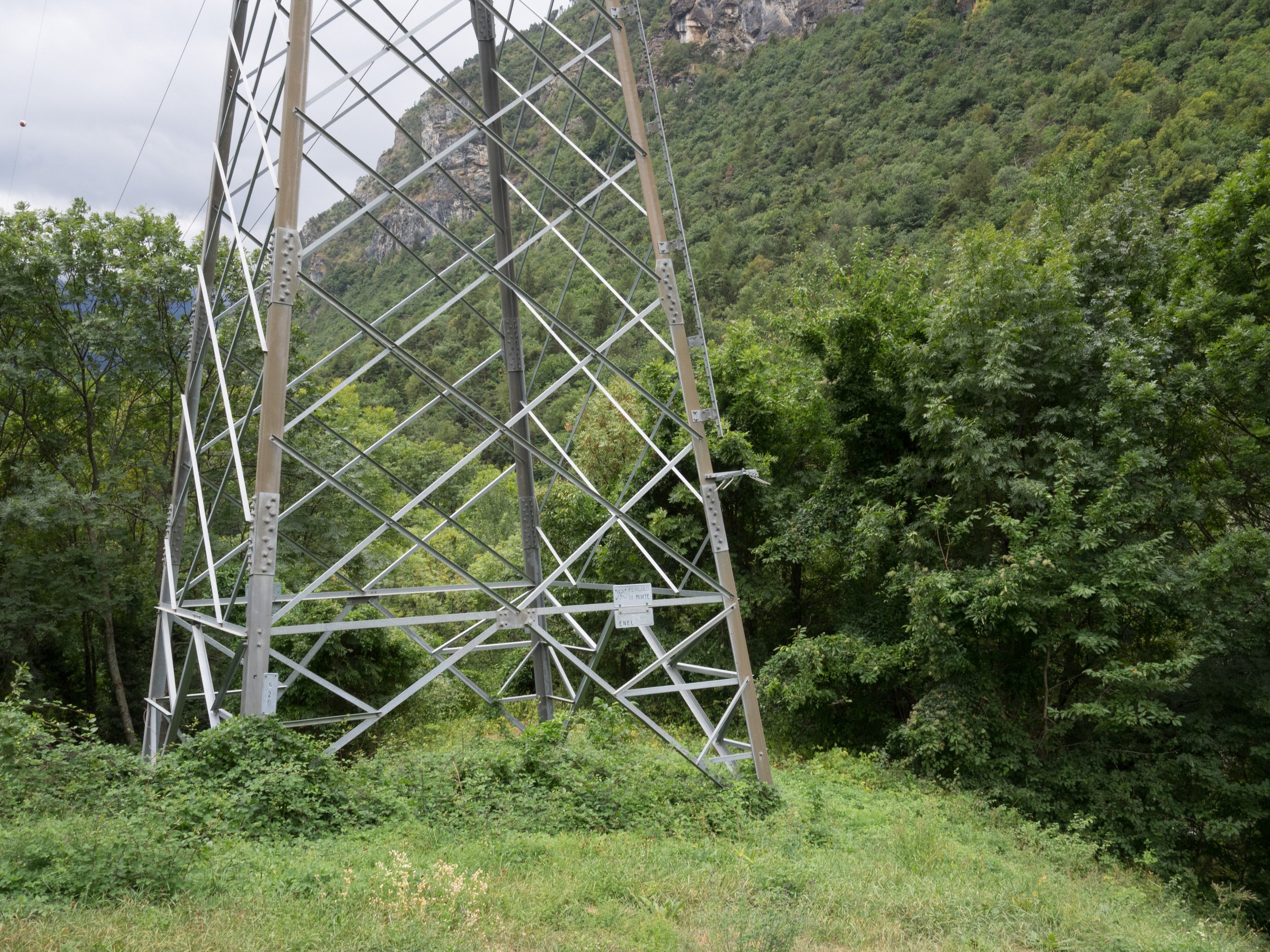

Partners
Con il supporto di









